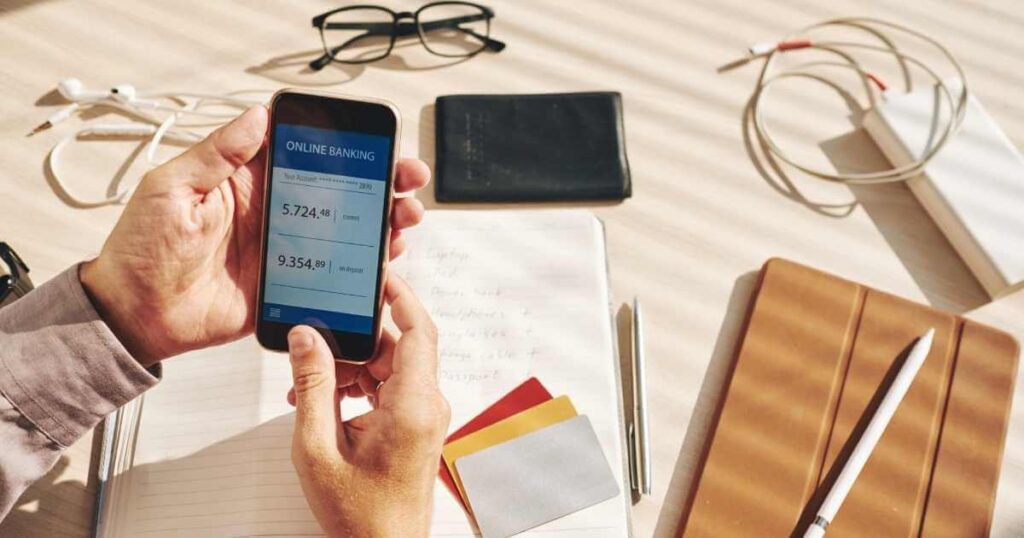You have a checking account for direct deposit and to pay your monthly bills, but you’re not earning any interest. So how much money do you really need to keep in your checking account?
The short answer is that it depends, but you want to have enough money in your account to cover your transactions and avoid an overdraft.
My Checking Account Rule
I’ve tweaked my banking strategy over the past decade and moved to an online-only bank to avoid monthly maintenance fees, but one thing that’s remained constant is my checking account rule:
As a general rule, I keep a checking account balance that’s equal to two or three mortgage payments. Everything else goes to savings.
Why does a checking account balance equal to a few mortgage payments work for me? To explain, let me share how to use a checking account and a savings account together.
- Checking account: A checking account is where you deposit your paycheck and pay all of your monthly bills.
- Savings account: A savings account is where you keep your emergency fund.
Let’s say that your mortgage is $1,500 a month. With my checking account rule, your balance would be $3,000 to $4,500.
Assuming that you’re employed, your checking account will regularly be replenished when you deposit your check. Meanwhile, you’ll regularly make withdrawals to pay your mortgage/rent, utilities, credit cards and other bills.
For people who live within their means, this will provide enough pad to take care of minor emergencies and avoid going into the red.
However, this is not a “set it and forget it” approach to banking. As part of my weekly money routine, I log in to my checking account once a week to check my balance and review the latest transactions.
If my balance is outside of my checking account rule or I have a big bill to pay, I’ll move money from savings to checking at this time.
Why bother with a savings account anyway? The main reason is interest. Typically, you’ll earn more interest with a savings account than with a checking account. Some checking accounts pay no interest at all.
In addition, keeping your savings separate makes it easier if you’re tracking your progress toward an emergency fund goal.
Important: You don’t need to have your checking account and savings account at the same bank, but you want the accounts to be linked so that you can move money between them. My primary online checking and savings accounts are with Discover Bank. I also like Ally Bank and Capital One Bank.
Final Thought
Keeping a checking account balance equal to two or three mortgage payments works for me, but you have to find the right number based on your budget.
If your mortgage/rent payment is unusually high or low, my checking account rule may not work for you. Instead, you may want to aim for a checking account balance equal to an entire month’s bills.
The goal is to keep your checking balance high enough to avoid an overdraft, while building a savings account balance that earns interest.

